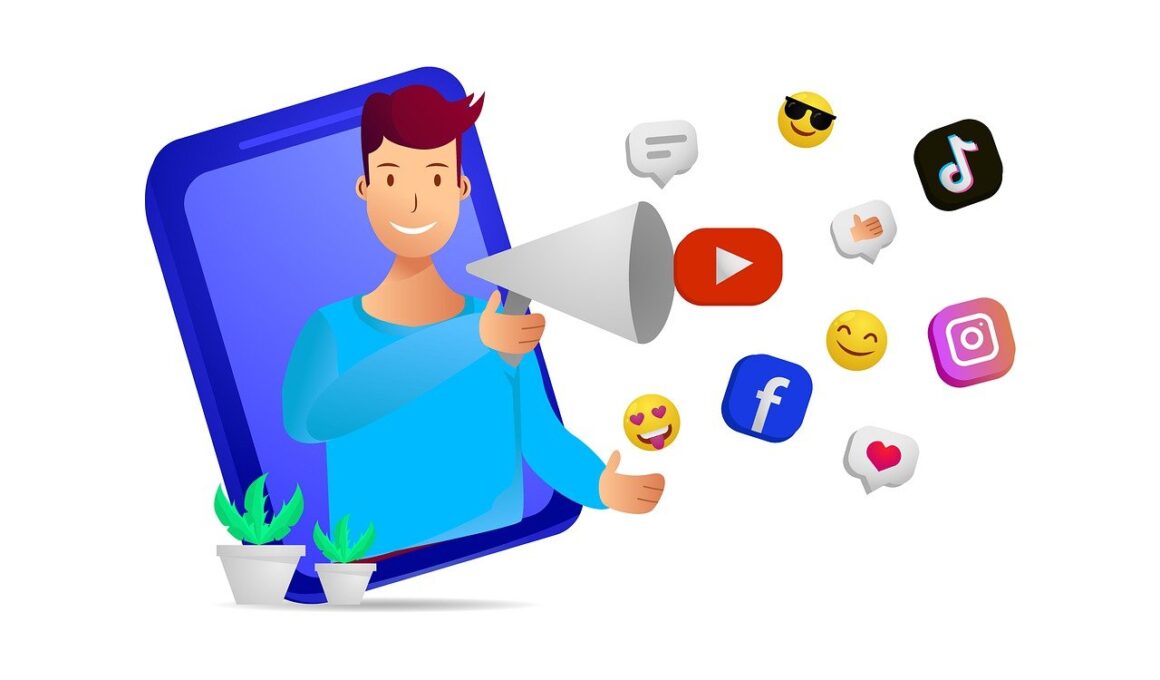The Role of User-Generated Content
User-generated content (UGC) has emerged as an effective tool in Instagram marketing, particularly in the realm of targeting and segmentation. In essence, UGC comprises any content created by users of a product or service, which can help brands establish authenticity. On social media like Instagram, UGC serves to build community and foster trust with potential customers. By leveraging content that is genuinely made by users, brands can craft messages that resonate more deeply with target demographics. This authenticity can significantly improve engagement rates, as consumers are more likely to trust fellow users over traditional advertising. To capitalize on UGC, brands should encourage their audience to share their experiences through posts, stories, or reviews. Utilizing branded hashtags can also facilitate this process, allowing users to tag their content easily. As brands analyze this data, they can better understand their audience’s preferences, behavior, and interests. By segmenting their audience based on the type of UGC shared, marketers can tailor their strategies, leading to more effective campaigns that increase conversion rates and brand loyalty.
Benefits of UGC in Instagram Campaigns
There are several benefits associated with incorporating UGC into Instagram campaigns that enhance targeting and segmentation strategies. Firstly, UGC increases engagement by offering content that users find relatable and trustworthy. Engaging with authentic content leads to higher conversion rates, as potential customers often find peer recommendations more convincing than traditional ads. Secondly, utilizing UGC provides a cost-effective method for content creation, as brands can tap into their audience’s creativity rather than investing heavily in professional productions. Another key advantage of UGC is its ability to generate brand advocates; when users see their content featured by a brand, they feel valued and are likely to spread the word further. This organic promotion can yield remarkable returns. Additionally, UGC can reveal insights about user interests and preferences that may not be apparent through traditional surveys or focus groups. Brands can analyze the demographics of users sharing content and tailor their advertising strategies accordingly. Thoughtful analysis of this data enables marketers to refine their target audience and better meet customer demands.
Identifying potential brand advocates through UGC should be at the forefront of any Instagram targeting strategy. Using analytics tools to monitor which users engage and share content can reveal who is most passionate about a brand. These advocates can thus be nurtured into brand ambassadors, effectively helping to spread awareness and drive traffic. Brands can incentivize these advocates by providing exclusive discounts or featuring them in their advertising. Acknowledging their contributions gives users a sense of belonging, encouraging them to produce more content related to the brand. Affiliating with UGC-driven campaigns can also expand reach; as users share brand-related content with their friends and followers, they create a ripple effect. Therefore, focusing on individuals who consistently create UGC allows brands to target campaigns specifically tailored to these user segments. By encouraging participation through giveaways, contests, or collaborations, brands widen their funnel of UGC, making it easier to identify segments that will respond positively to particular marketing tactics, thereby enhancing overall effectiveness in audience engagement.
Types of UGC to Consider
There are various types of UGC that brands can utilize for effective targeting and segmentation on Instagram. Reviews and testimonials stand out as highly credible forms of UGC, as they provide insights directly from actual customers. Sharing these can establish trust and showcase authentic user experiences. Another popular form of UGC is photo and video content, where users display your products in action. This allows potential customers to visualize their lives enhanced by the brand. Moreover, brands can leverage unboxing experiences or tutorials generated by customers, creating a path for less formal and more engaging introductions to their products or services. Brands should also consider reposting user stories that highlight their interactions with the products, as these ephemeral posts typically receive high engagement. Additionally, GIFs, memes, and posts tagged with brand-specific hashtags can be incorporated into larger marketing campaigns. Each type has unique potential for audience connection, thus brands must analyze which types resonate most effectively with their desired target segments. They should consistently adjust their strategies based on insights drawn from audience interactions and feedback.
Encouraging UGC Through Engagement
Encouraging user-generated content requires strategic engagement with the audience on Instagram. One approach is to create engaging challenges or contests that prompt users to share their own experiences creatively. Brands can design campaigns that involve specific hashtags, enabling easier tracking and interaction. Providing incentives, such as discounts or exclusive access, increases participation and motivates users to generate content. Additionally, brands can feature user submissions on their official pages, boosting visibility for both the consumers and the brand itself. This not only provides recognition to users, but also enhances the brand’s authenticity in the eyes of potential followers. Polls, Q&A sessions, and engaging stories can further stimulate audience interaction, leading to an increase in follower-generated content. Brands must prioritize building a community where users feel valued and heard; this engenders loyalty and a motivated audience keen to share. By sharing positive customer stories or testimonials regularly, brands can inspire others to share their own experiences, allowing the opportunity for a stronger connection between the brand and its customers to flourish. The cycle of engagement and sharing continues to grow.
Transforming UGC into actionable insights forms part of a strong Instagram marketing strategy. Collecting data from user interactions with content helps brands refine target segments. Brands should utilize analytics tools to track and evaluate how UGC corresponds to interaction rates and demographics. By studying the effectiveness of various forms of UGC, marketers can delineate trends that lead to strategic segmentation. Specific segments may show significant preference for certain product types, styles, or formats of content. Recognizing these preferences allows brands to create more targeted marketing efforts and drive desired engagement. UGC is an invaluable resource that allows brands to gather qualitative insights that cannot always be captured through traditional market research. A focused approach towards analyzing UGC enables brands to unlock new avenues for customer engagement while enhancing their strategies. The key lies in constant evaluation and refinement based on audience feedback and engagement metrics. By positioning content driven by UGC as a foundation of their marketing plan, brands can capitalize on its potential to strengthen customer relationships and boost overall brand performance.
The integration of UGC into Instagram targeting and segmentation represents a dynamic approach to social media marketing. By valuing and empowering users, brands can foster community, build trust, and enhance user engagement. The more authentic and relatable the shared experiences, the more likely they will resonate with a target audience. Implementing targeted strategies that leverage the emotional connection established through UGC allows brands to differentiate themselves in a crowded marketplace. A successful campaign is rooted in deep audience understanding combined with continuous engagement that encourages sharing and interaction. As trends evolve, brands must remain agile in their strategies to capture emerging preferences and adapt swiftly. In a world where organic content is increasingly celebrated, user-generated content will play a vital role in authentic positioning on Instagram. The balance lies in blending professional content and genuine user experiences to achieve a well-rounded marketing approach. Therefore, businesses should not only encourage UGC but also invest time in analyzing its performance, which will pay dividends in effectively targeting and segmenting their audience for maximum impact.
In conclusion, embracing user-generated content as a key strategy in Instagram marketing empowers brands to engage their audience meaningfully. By refining targeting and segmentation techniques through UGC, brands can create more personalized and relatable experiences. This not only enhances customer satisfaction but further fuels loyalty and trust. The potential for innovation is massive, as brands harness user creativity to drive their marketing narratives forward. By prioritizing UGC, brands honor their customers and acknowledge their contributions. As the social landscape evolves, businesses must continuously adapt their strategies to stay relevant and impactful. The fusion of professional and user-generated content positions brands favorably in the eyes of potential customers and cultivates a vibrant community of advocates loyal to their brand. UGC stands as a powerful testament to the authenticity and relationship-building capabilities of a brand, showcasing real experiences and stories. Consequently, it becomes essential to engage users sincerely while encouraging them to share their journeys. In the end, UGC is not just a marketing tool; it is a bridge connecting brands with their customers, creating lasting relationships.


